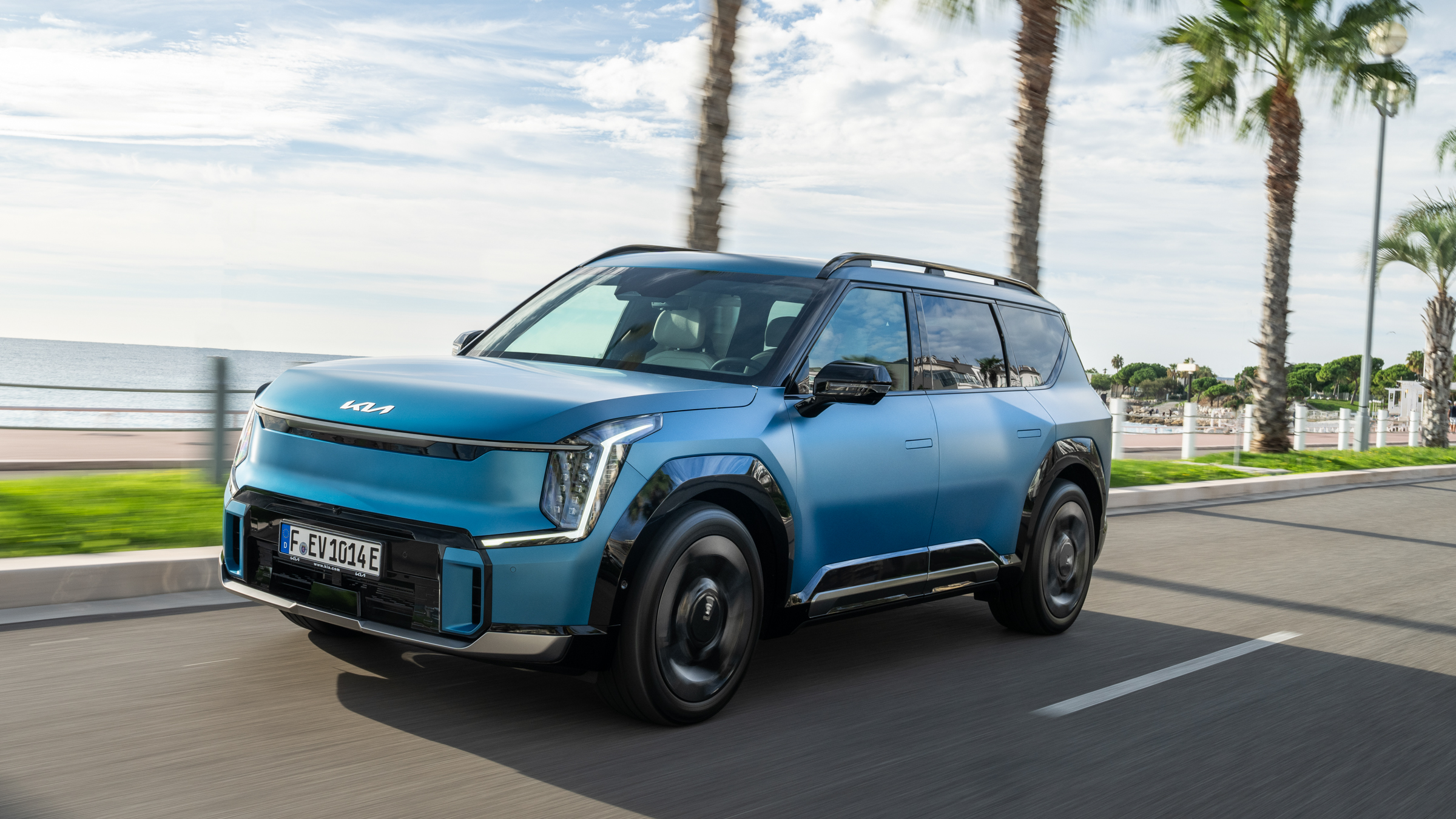

QUICK SUMMARY
Hyundai Mobis, an automotive parts supplier, used CES 2025 to show off a new head-up display that stretches the entire width of the windscreen.
The company, which supplies parts to Hyundai, Kia and Genesis, hopes to put the next-generation HUD into production by 2027.
Car head-up displays could soon be much larger, and be viewable by both the driver and their passenger, according to Hyundai Mobis.
A producer of components for car companies Kia, Hyundai and Genesis, Hyundai Mobis revealed a next generation of head-up display at the CES technology show in Las Vegas.
Instead of projecting an interface only in one small corner of the windscreen, as today’s systems do, the Hyundai Mobis prototype projects its interface across the entire width of the windscreen. The result is a head-up display that can be used by the driver for navigation and vehicle information, like speed, but also by the passenger for videos and even gaming.
To ensure the passenger’s content doesn’t distract the driver, Hyundai Mobis has given the technology a very narrow field-of-view, so the passengers’ side of the interface cannot be seen by the driver. and vice versa.
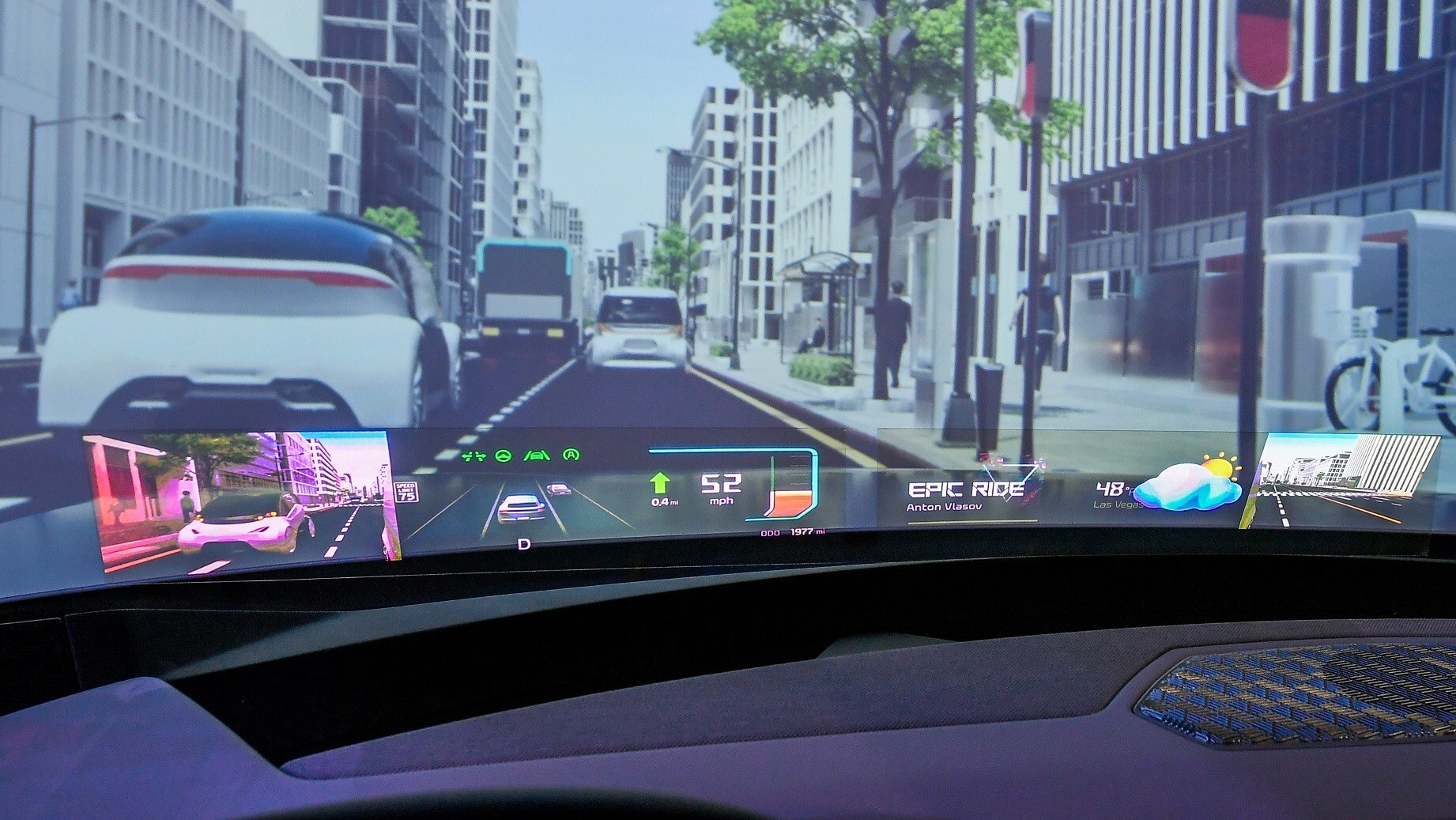
The CES 2025 demo showed how a future HUD could stretch across the entire windscreen
Using a modified Kia EV9 to demonstrate the tech, Hyundai Mobis showed how the driver can be shown their speed, navigation instructions and a live feed from a rear-facing camera, while the front-seat passenger can see a different set of information, such as the local weather. They could even cast video content from their phone to the system, or play games projected onto the windscreen without distracting the driver.
BMW also used this year’s CES to show off a new form of head-up display. That technology is baked into the German company’s upcoming iDrive OS X operating system, which will be available on cars coming later this year. However, while BMW’s approach is to project the head-up display interface onto a black strip at the foot of the windscreen, Hyundai Mobis demonstrated how its UI can be projected onto a transparent optical film sandwiched between the glass panes of the windscreen.
Hyundai Mobis said of the technology: “From the outside, the windshield retains the appearance of a standard transparent glass window. However, inside the vehicle, it delivers crystal-clear visuals for both drivers and passengers, even under bright outdoor conditions, thanks to its high brightness and superior colour reproduction.”
Sign up to the T3 newsletter for smarter living straight to your inbox
Get all the latest news, reviews, deals and buying guides on gorgeous tech, home and active products from the T3 experts
The South Korean company said how the display uses a specialised film embedded with a “holographic optical element” which “utilises the principle of light diffraction to project images and videos directly to the viewer’s eyes.” The technology was developed in collaboration with Zeiss, the German optical company.
Although just a concept for now, Hyundai Mobis said it and Zeiss plan to complete the pre-development stage by mid-2026, and have a goal of bringing the technology to market by 2027.
Alistair is a freelance automotive and technology journalist. He has bylines on esteemed sites such as the BBC, Forbes, TechRadar, and of best of all, T3, where he covers topics ranging from classic cars and men's lifestyle, to smart home technology, phones, electric cars, autonomy, Swiss watches, and much more besides. He is an experienced journalist, writing news, features, interviews and product reviews. If that didn't make him busy enough, he is also the co-host of the AutoChat podcast.
-
 Troubled EV maker Faraday Future is back (again) at CES
Troubled EV maker Faraday Future is back (again) at CESFaraday Future is back, but this time it might actually be onto something
By Alistair Charlton
-
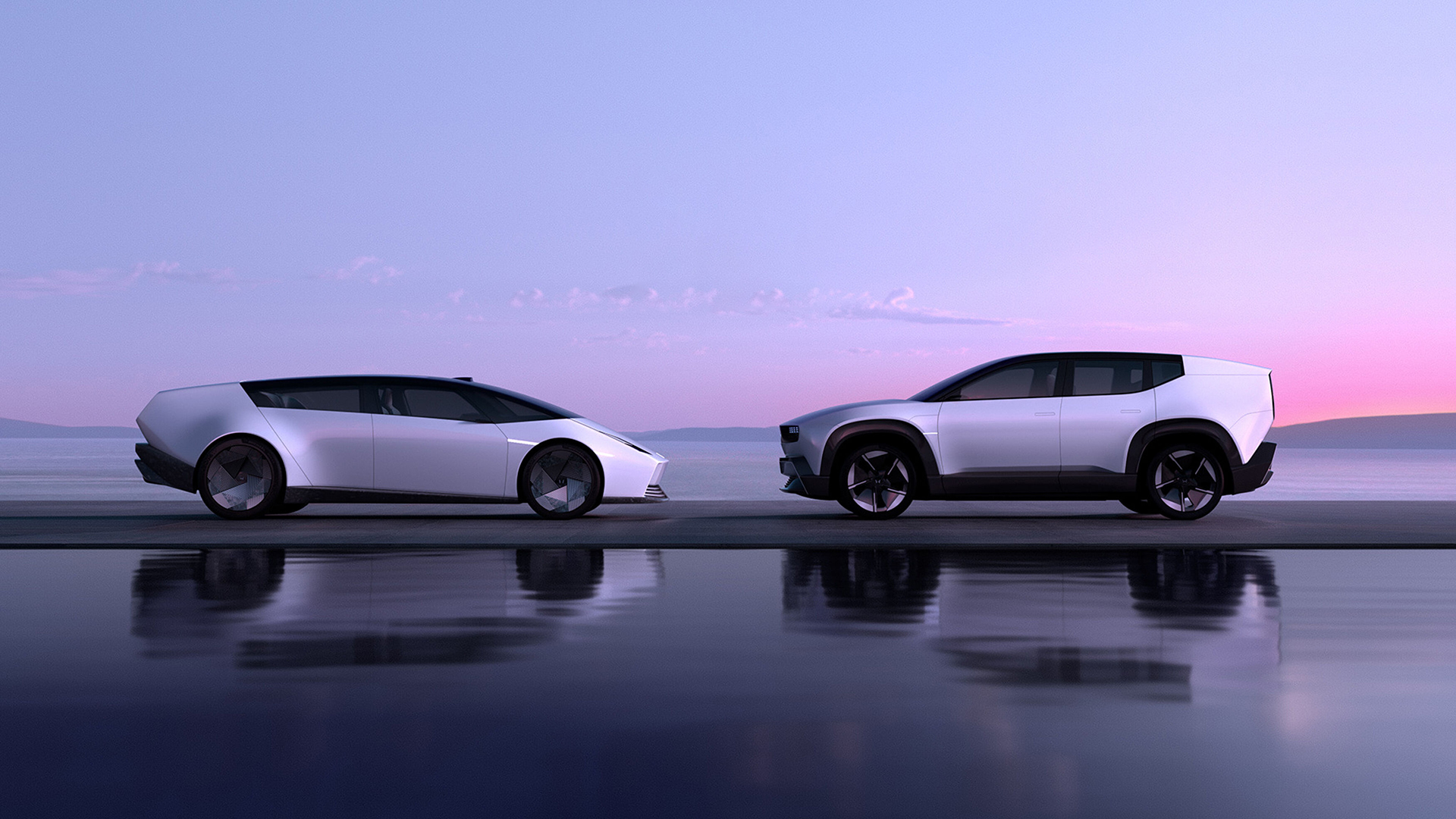 Honda goes after Tesla with pair of radical new electric concept cars
Honda goes after Tesla with pair of radical new electric concept carsRevealed at CES, the pair of EVs will go into production in 2026
By Alistair Charlton
-
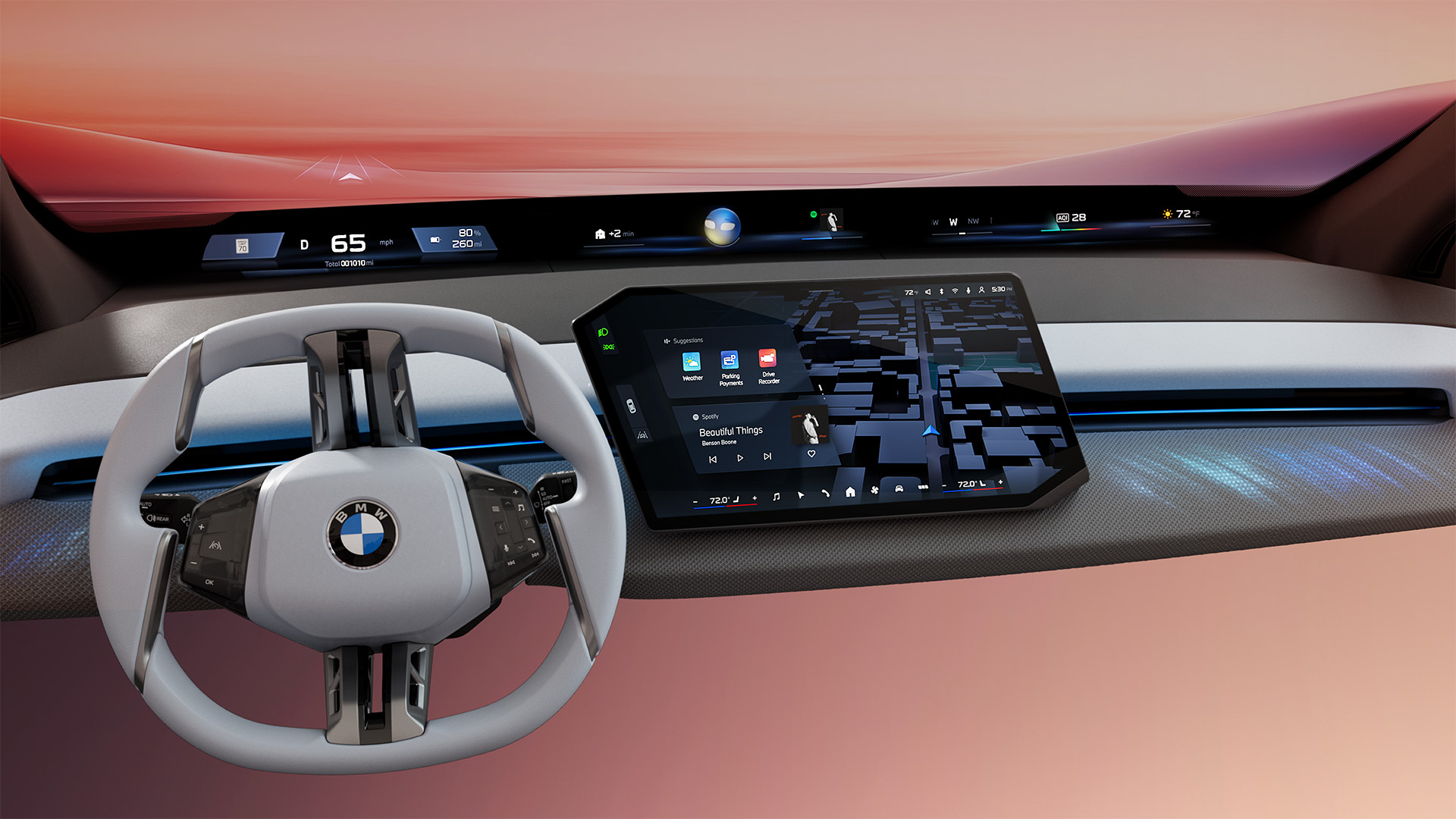 BMW unveils the next-generation iDrive, and it’s wild
BMW unveils the next-generation iDrive, and it’s wildBMW’s brand new operating system the iDrive OS X will feature in the upcoming Neue Klasse models and is its biggest change in 25 years
By Mat Gallagher
-
 Yes, LG really is making its own tech-packed caravan
Yes, LG really is making its own tech-packed caravanDon't expect to see it at Butlins
By Andy Sansom
-
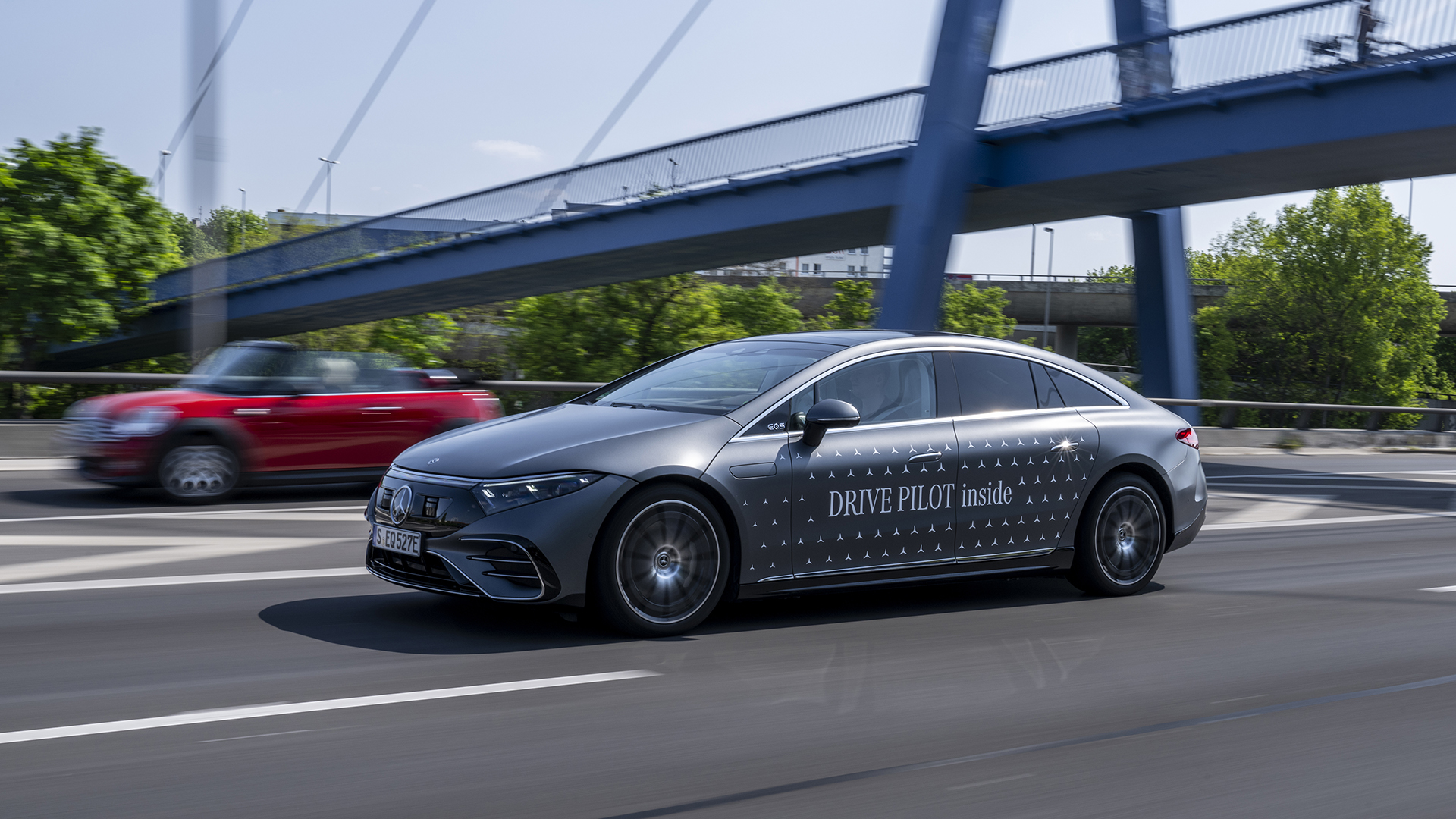 I tried Mercedes’ Level 3 Drive Pilot and it’s going to change your commute forever
I tried Mercedes’ Level 3 Drive Pilot and it’s going to change your commute foreverWith Mercedes Drive Pilot you’re free to take your eyes off the road and hands off the wheel
By Mat Gallagher
-
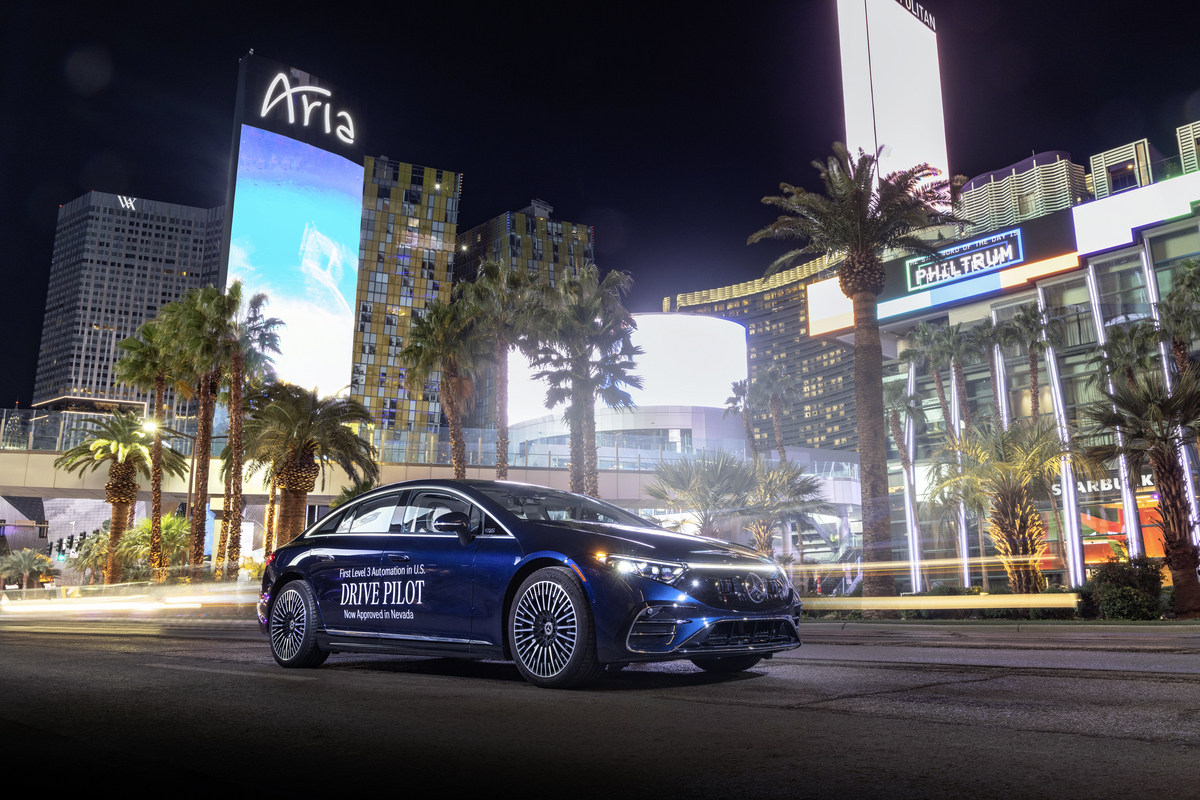 Mercedes beats Tesla to bring Level 3 autonomous driving to the US
Mercedes beats Tesla to bring Level 3 autonomous driving to the USThe German company’s Drive Pilot driver assistance system has been certified for public use in Nevada
By Alistair Charlton
-
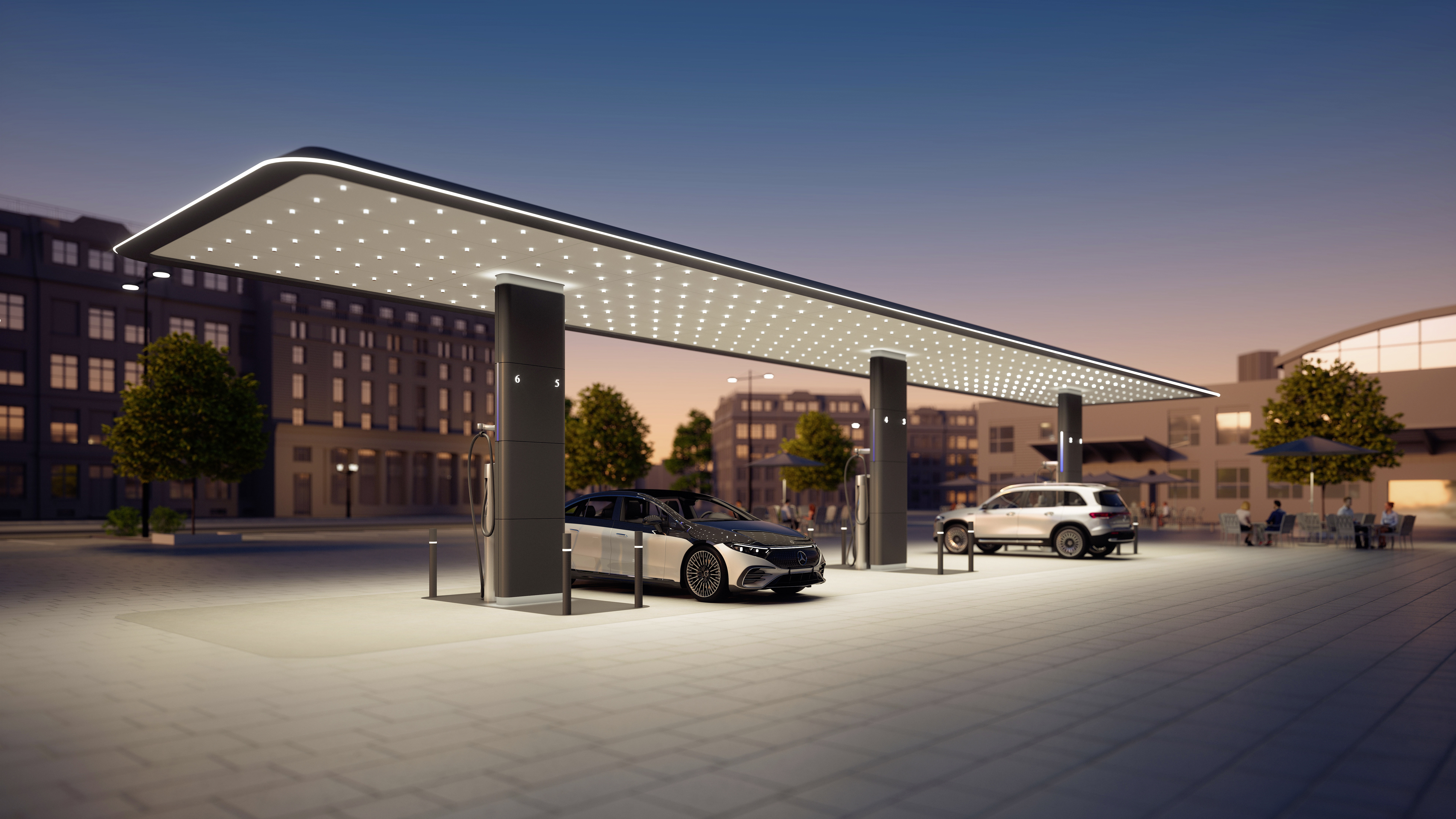 Mercedes takes on Tesla Superchargers with luxe charging hubs
Mercedes takes on Tesla Superchargers with luxe charging hubsThe Mercedes-Benz charging hubs will also focus on renewable energy
By Spencer Hart
-
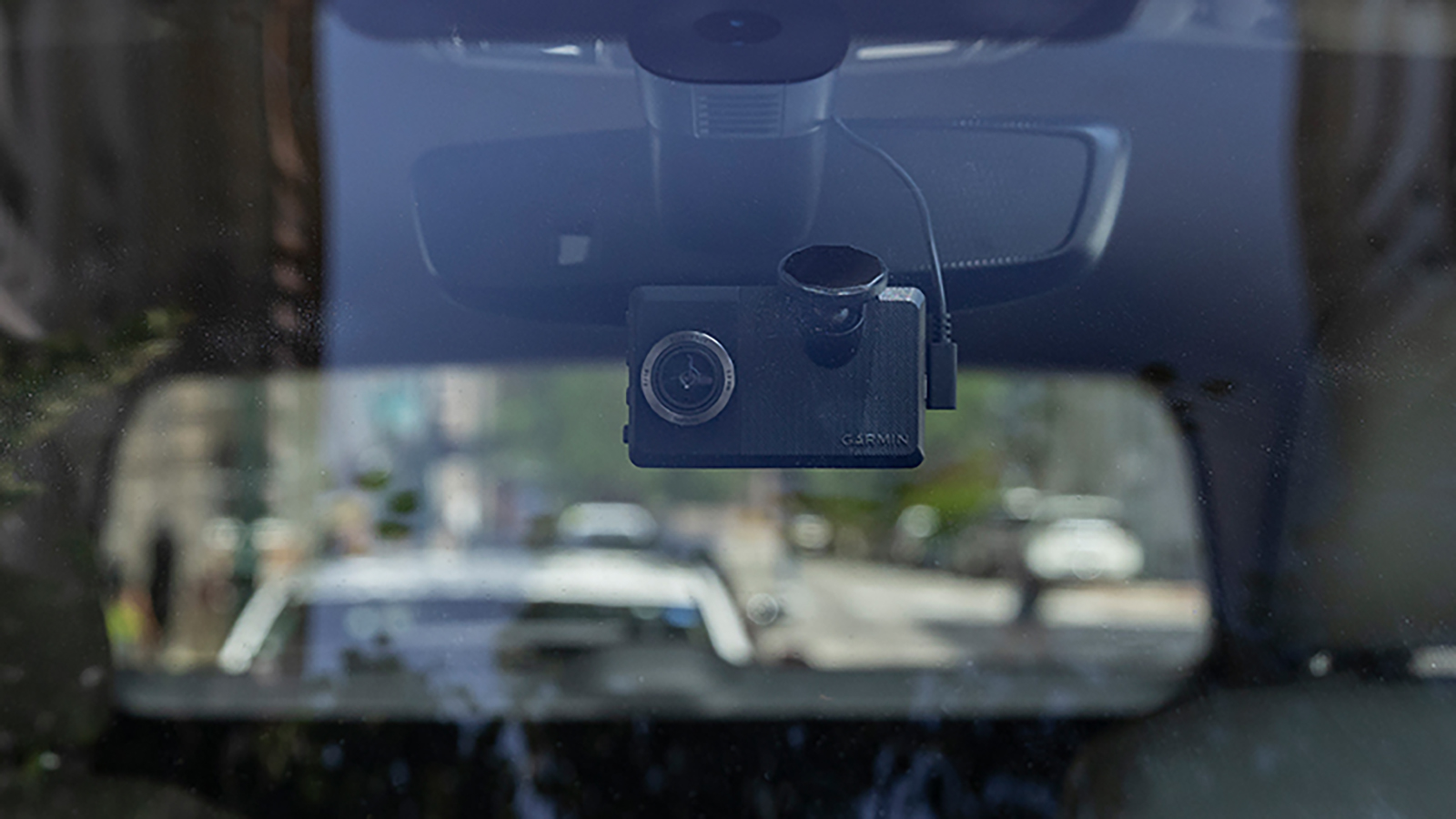 The Gamin Dash Cam Live has a special trick up its sleeve
The Gamin Dash Cam Live has a special trick up its sleeveCheck-in on your vehicle, wherever you are in the world
By Spencer Hart

